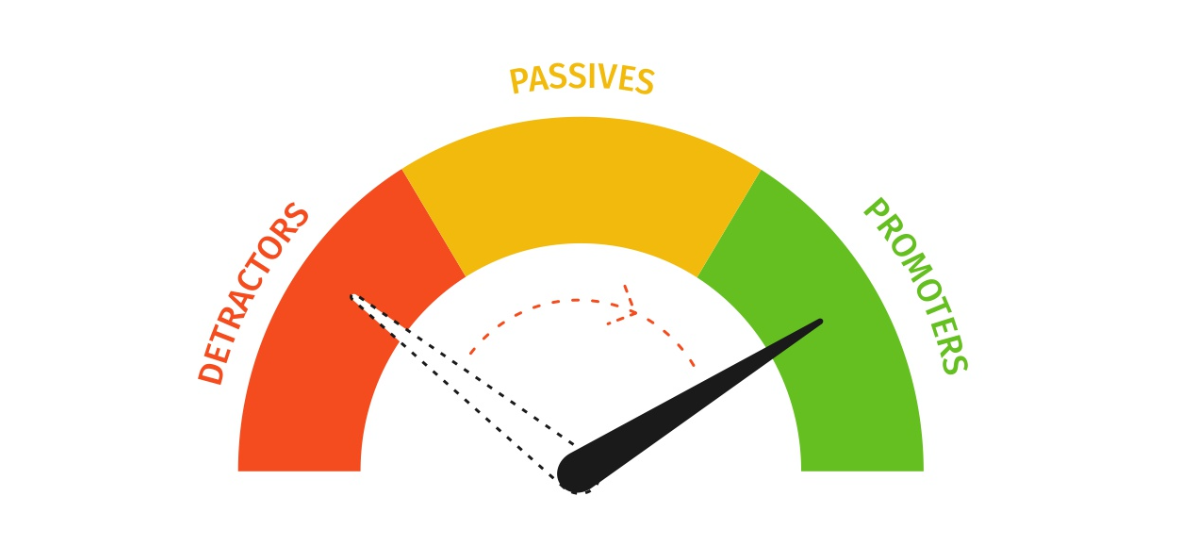
NPS Benefits: Why Use Net Promoter Score?
What is the Net Promoter Score?

Who should be using NPS?
Organizations in all sectors and in all sizes. That‘s because NPS is applicable to any organization. At least two-thirds of the Fortune 1000 use NPS, but its reach extends deep into far smaller marketing businesses too. IBM’s executive in charge of NPS says, “It’s more than a metric. One could use the word ‘religion.’”
NPS is a measure of peer promotion and therefore loyalty. It shows how much a certain digital brand or organization might be recommended to others.
How to calculate Net Promoter Score?
The first step is to set up an NPS survey. The second part is measuring NPS is by accumulating the responses to the NPS question from multiple customers. These will be in numeric form i.e. each response will have selected a number between 0 and 10.
Each response in the NPS scale allows it to be categorized into one of 3 groups:
- Promoters: those with responses of 9 or 10
- Passives: those with responses of 7 or 8
- Detractors: all other responses (i.e. from 0–6)
Complete this step with all NPS responses received. From this point onwards, the number selection of each respondent is irrelevant. All that matters is which category each response qualifies for.
- Promoters: considered to be likely advocates for your marketing business; loyal and predisposed to recommend and give positive word of mouth.
- Passives: considered to be benign; certainly no threat to negativity but unlikely to be moved to proactivity and not especially loyal.
- Detractors: the opposite of promoters; potentially harmful in their capacity to share negative experiences to others and more likely to be disloyal than loyal.
The next step is to calculate the proportions that your response group divides into. Record each proportion as a percentage. Each of the three percentage figures should add up to 100%.
For example:
- Promoters = 40%
- Passives = 50%
- Detractors = 10%
Because ‘passives’ are neutral, don’t include them in the last part of the calculation. You simply subtract the percentage of detractors from the percentage of promoters. The result is expressed as a number (so drop the percentage sign).
- 40% – 10% = 30
This figure of 30 is a positive number so would commonly be expressed as “+30”. This distinguishes it more visibly from negative NPS ratings for comparison purposes.
Why measure net promoter score?
Closing the feedback loop:
The net promoter system gives companies a chance to “close the loop” – that is, to go vertical and gather more information from respondents. It also gives them chance to change a negative impression. Since an NPS survey only takes a minute of a customer’s time, it’s relatively easy to get them to engage.
Easy to use:
You don’t need to be a trained statistician to administer an online NPS poll. In a similar vein, the survey is intuitive and simple for customers to complete. You can send it to them via email or include it on your website as a pop-up after a transaction. The formula can be calculated with a basic spreadsheet.
A common language for the customer conversation:
By breaking down customers down into promoters, passives and detractors, the NPS system makes it easy to differentiate between them. Everyone in the company has a common set of definitions to work with
Easier benchmarking:
NPS a standard metric used by companies globally. As such, it lets you place your score in the context of other scores in your industry and see how you measure up. NPS is also ideal for presenting to senior management as a big-picture snapshot of customer loyalty at a given moment.

